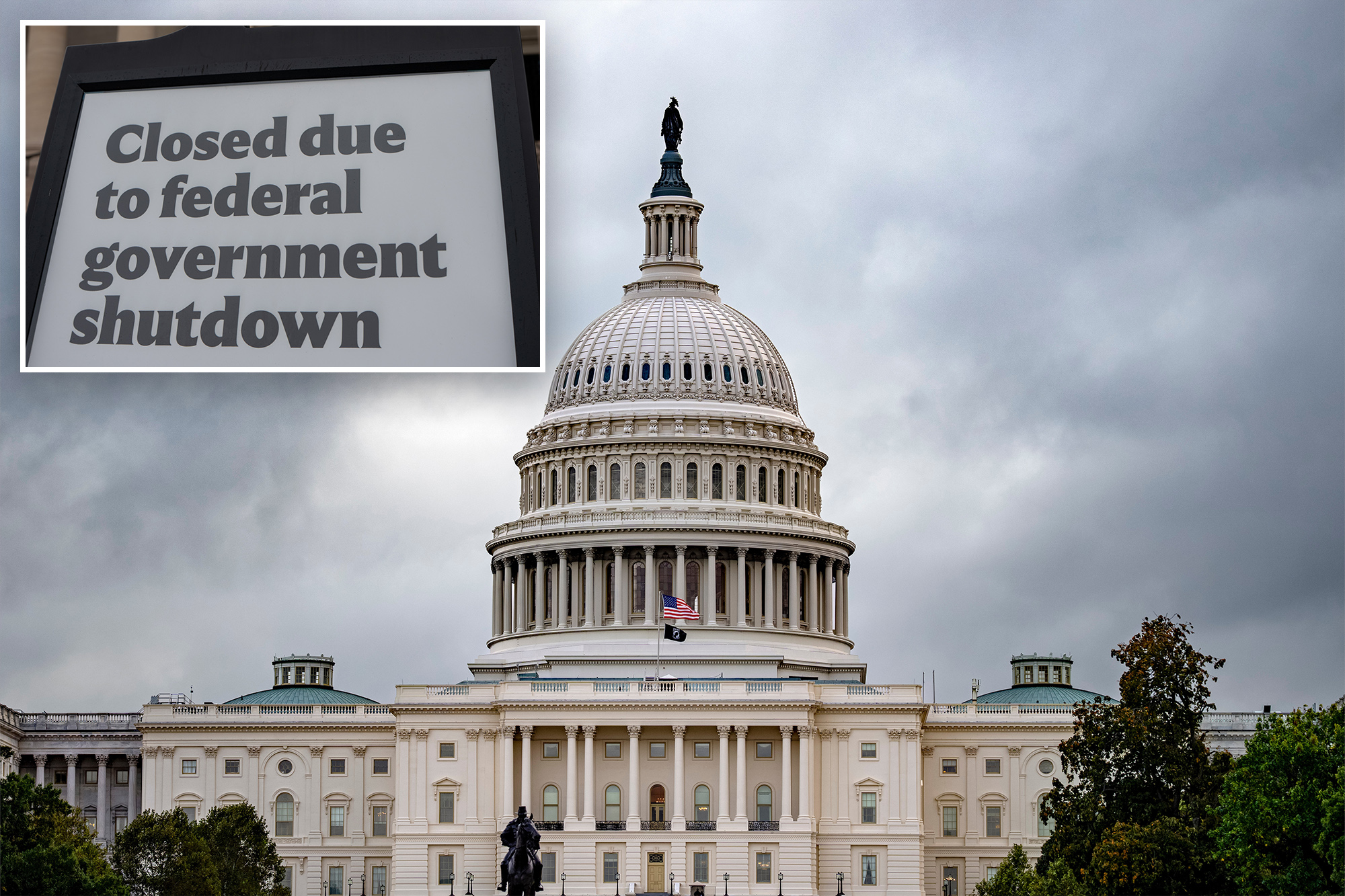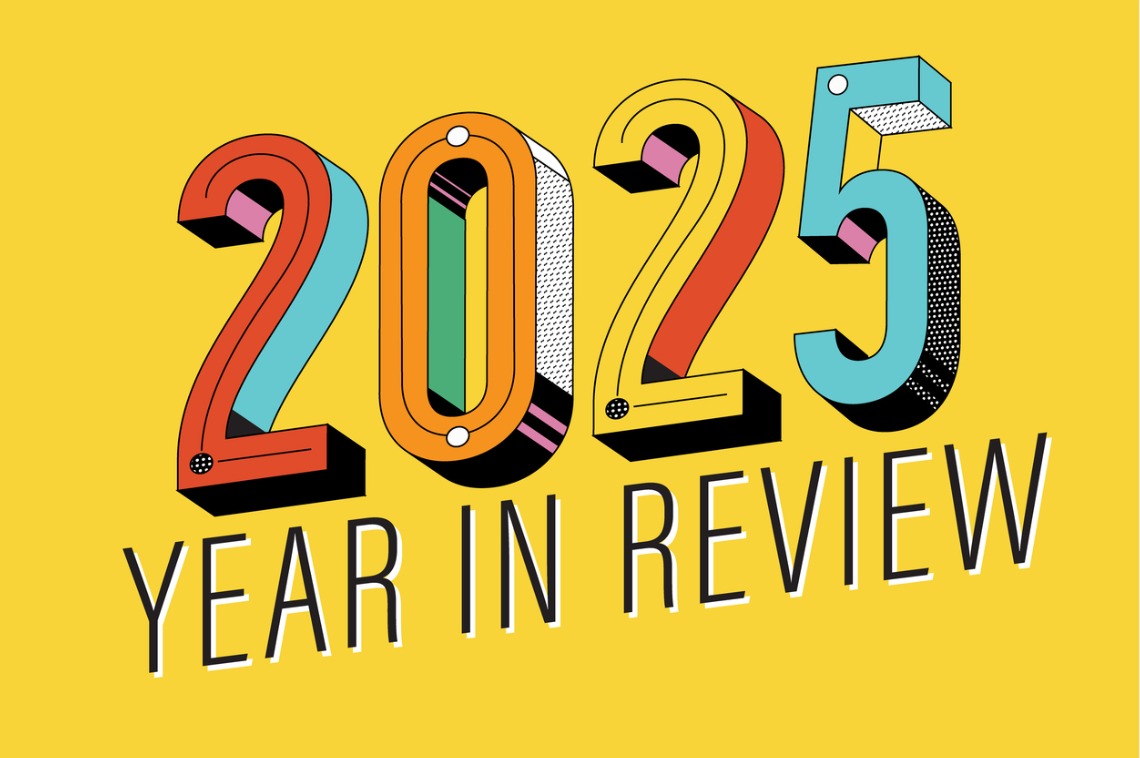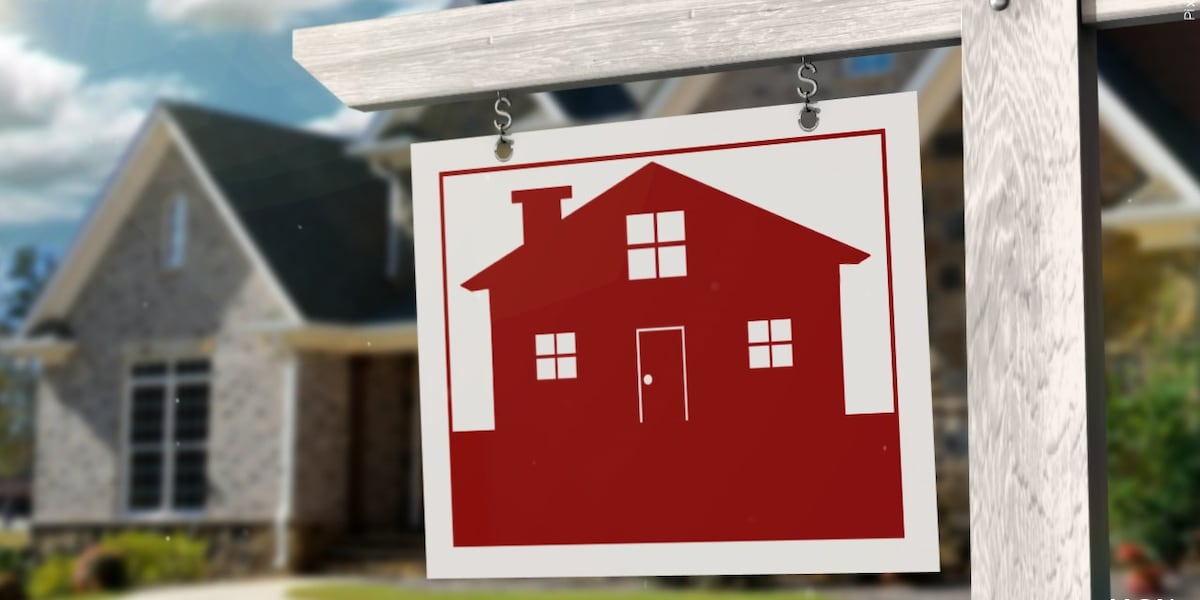T
he federal shutdown is already sending shockwaves through Florida’s housing market, and the ripple effects could soon spread nationwide. As Congress stalls, key federal agencies that support the industry are frozen, leaving builders, buyers, and lenders in limbo.
### Flood‑insurance paralysis
Florida sits at the heart of the nation’s flood risk, holding roughly 1.8 million National Flood Insurance Program (NFIP) policies—over a third of all active policies in the country. With NFIP authority suspended, renewals are on hold. About 150,000 Florida policies expire each month, and the 30‑day grace period is rapidly shrinking. If the shutdown extends beyond late October, thousands of homeowners could find themselves without coverage during hurricane season, exposing them to catastrophic losses if a major storm strikes.
The pause has already forced lenders to relax flood‑insurance requirements. Fannie Mae and Freddie Mac allow an estimated 1,300 daily home sales that need flood coverage to proceed, and existing policies can be transferred to new buyers while they remain active. However, new‑construction buyers lack a prior policy to assume, so they cannot secure coverage until Congress restores NFIP authority. As a result, pending sales in flood‑exposed areas are piling up, and builders warn that a prolonged shutdown could stall closings until the program is reinstated.
### Builder delays and permit bottlenecks
Florida’s construction sector had recently rebounded after years of labor shortages and price corrections. In late July, PulteGroup reported a 2 % rise in new orders for the state, a modest but encouraging sign. Yet the shutdown threatens to reverse that momentum. Federal staff shortages mean that environmental permits—particularly those under Section 404 of the Clean Water Act—are delayed. Nearly 90 % of EPA workers are furloughed, leaving few officials to review or approve applications. This bottleneck could push projects into a “delisting” cycle, especially in metros where sellers pull listings when offers fall short.
The state’s housing shortage is significant. Florida needs at least 100,000 new units to meet demand, while the nation faces a shortfall of nearly 4 million homes—an amount that would take seven years to fill at current construction rates. If builder confidence falters now, the supply pipeline could choke, prolonging affordability pressures and keeping prices high.
### Loan program disruptions
Federal loan programs that have kept housing affordable—FHA and USDA—are also affected. Agency staff remain furloughed, causing delays or halts in loan processing. Florida, the seventh‑largest recipient of USDA housing funds, has seen its $327 million in single‑family and multifamily financing cut off. In June alone, FHA loans in the state totaled about $2.4 billion, the third‑highest volume nationwide. These interruptions do more than stall paperwork; they erode buyer confidence, ripple through construction and real‑estate services, and add uncertainty to a market already battling high mortgage rates and slowing demand.
### Economic weight of Florida real estate
Real estate is the backbone of Florida’s economy, accounting for 24.1 % of the state’s GDP—the largest share of any state. Nationwide, housing contributes roughly 18 % to GDP, about $4.9 trillion. In Florida, each median‑priced sale generates around $125,000 in local economic activity and supports two jobs in construction, retail, and home services. Because Florida drives a large portion of national housing activity, a modest pullback in buyer engagement here could visibly shift national sales and inventory metrics.
Shannon McGahn, NAR’s Executive Vice President and Chief Advocacy Officer, notes that real estate touches every community and fuels millions of jobs. Each day of uncertainty threatens programs that help buyers, sellers, and owners navigate an already challenging market.
### Potential national fallout
If Florida’s slowdown persists, it could serve as a bellwether for the rest of the country. A brief dip in activity might indicate a contained national effect, but if delayed closings snowball into broader pullbacks in offers or price adjustments, it could foreshadow a deeper fourth‑quarter slowdown in U.S. housing data. Because housing underpins nearly one‑fifth of the U.S. economy, even a small slowdown can ripple widely—affecting construction jobs, consumer confidence, and broader economic growth.
Realtor.com senior economist Anthony Smith warns that Florida’s large, flood‑exposed markets could amplify cyclical transitions. The state is already normalizing after pandemic‑era overheating, and a shutdown could briefly accelerate that cooling before the next stabilization phase.
### Bottom line
Florida’s outsized dependence on real estate and its exposure to federal programs make it a test case for what the rest of the country may soon face: stalled sales, fading confidence, and a potential national slowdown. As the shutdown drags on, the state’s housing market will likely become a warning sign for the broader economy, underscoring how policy uncertainty can amplify cyclical shifts and threaten one of the nation’s most vital economic engines.













